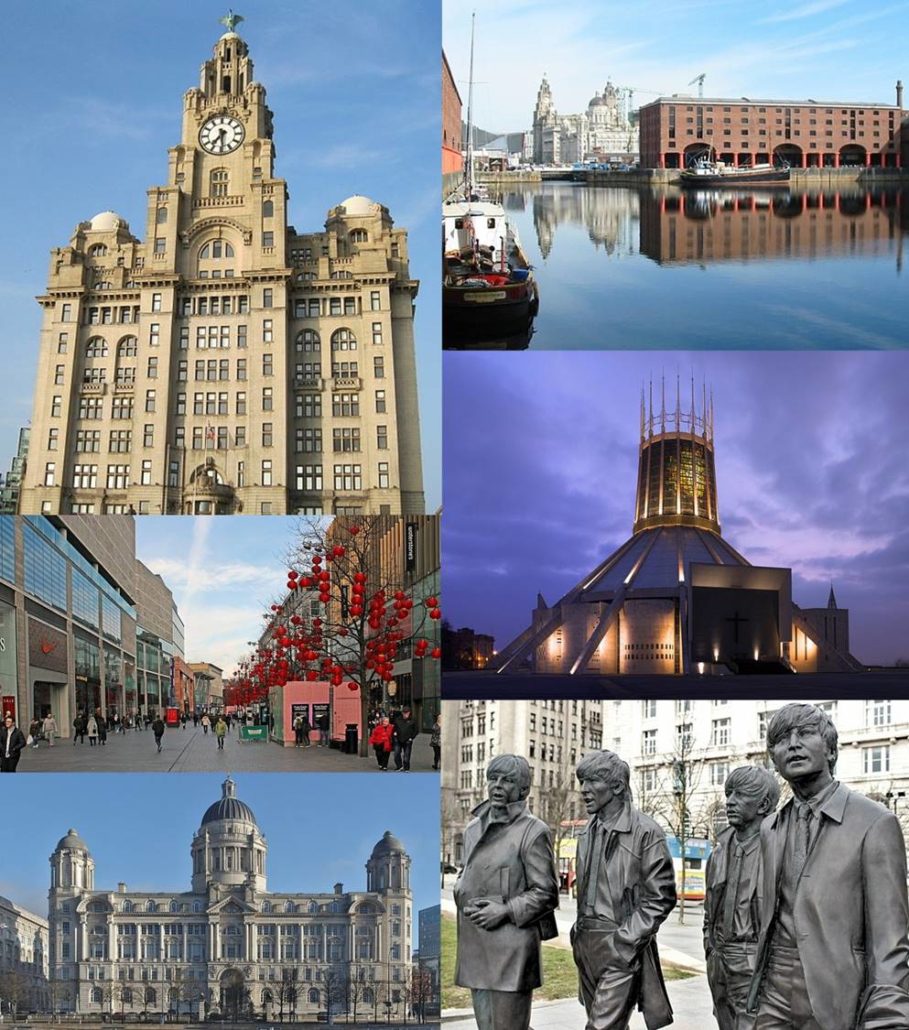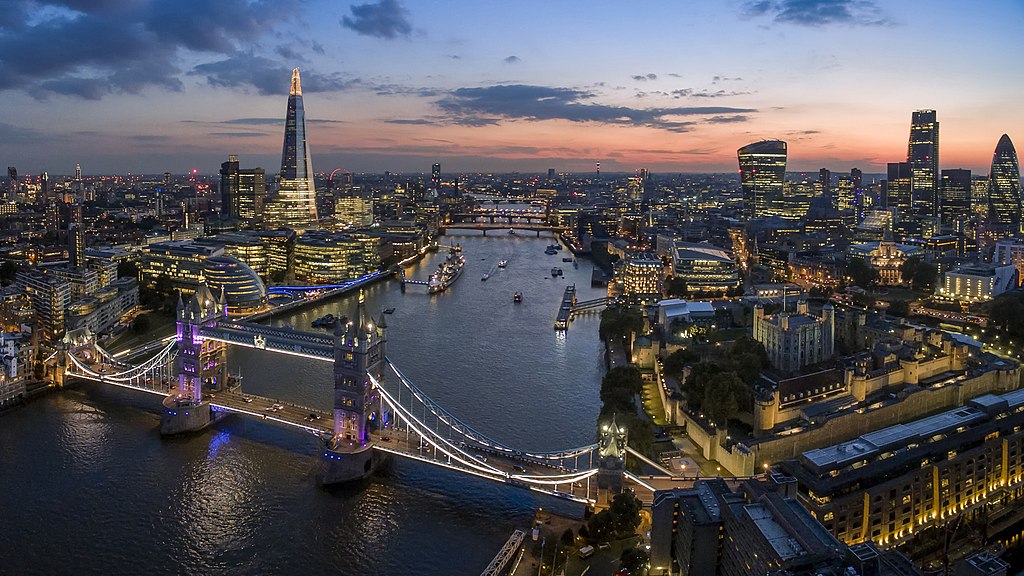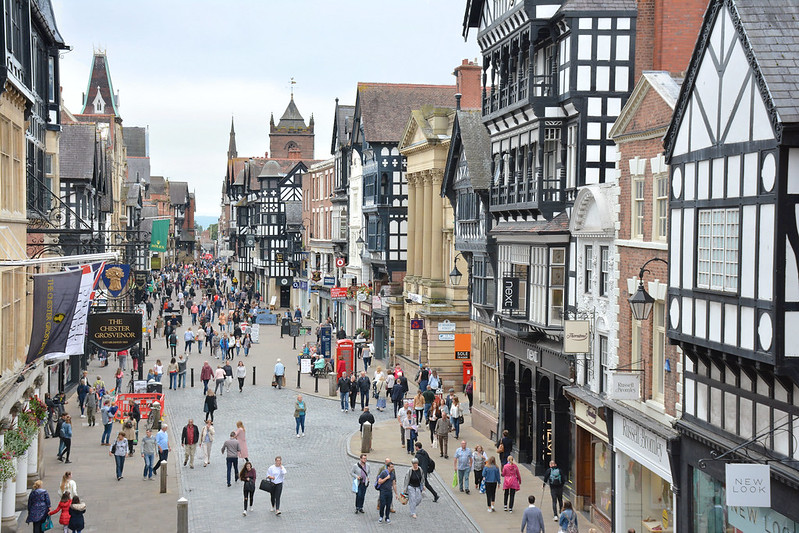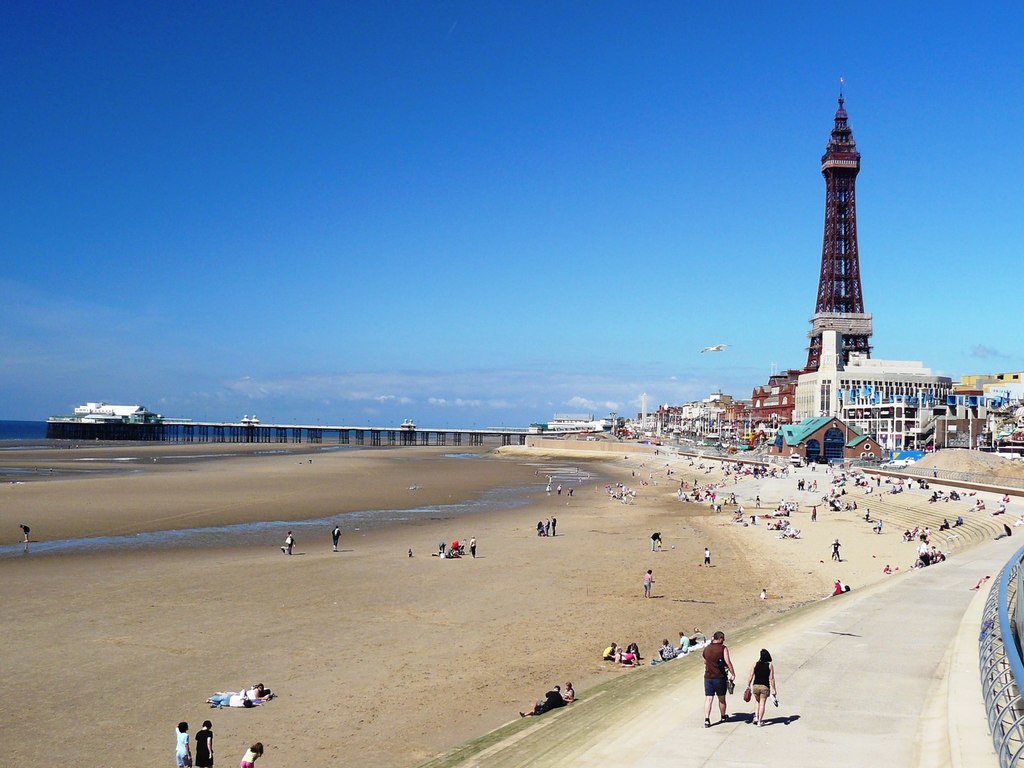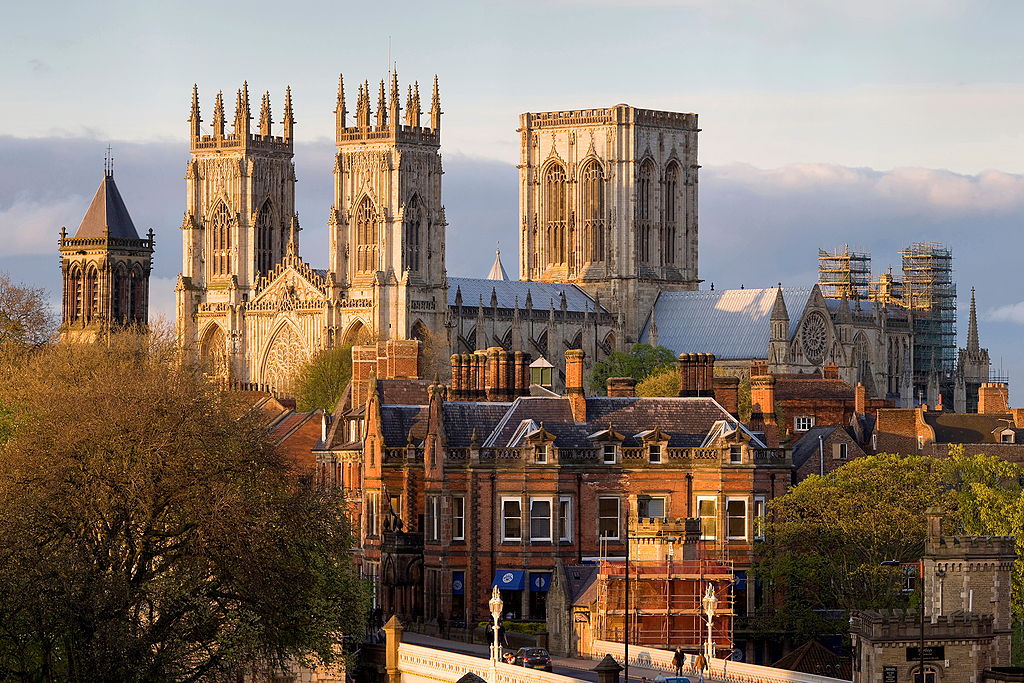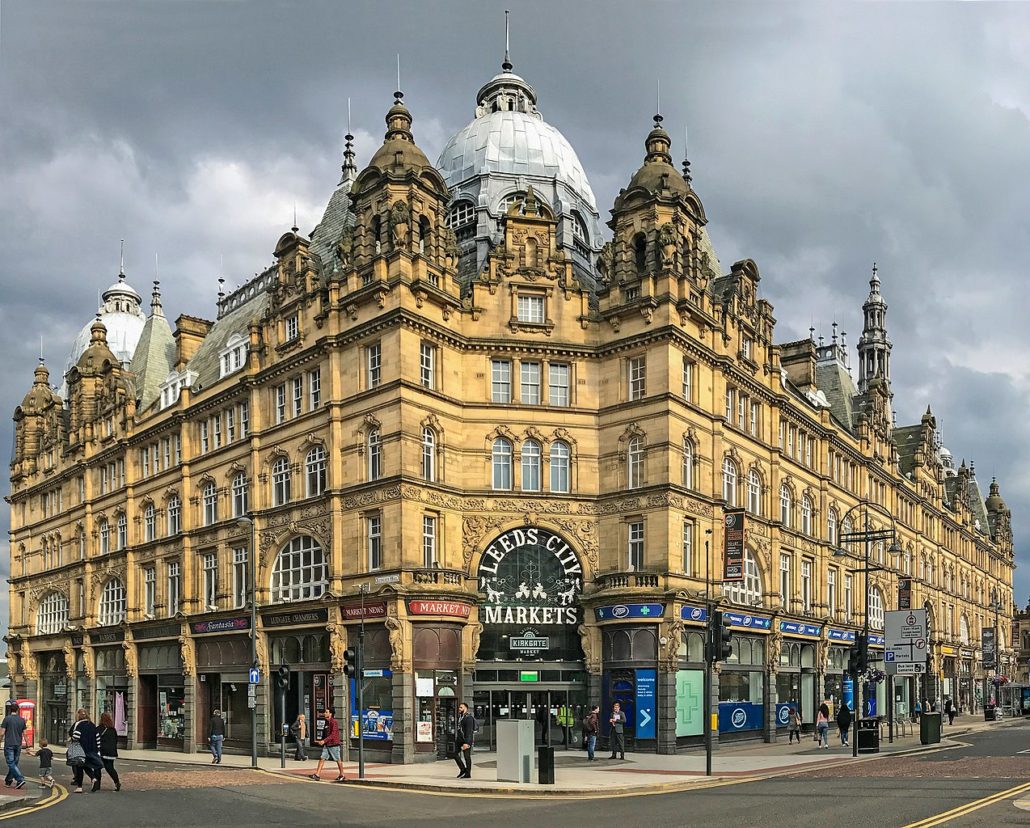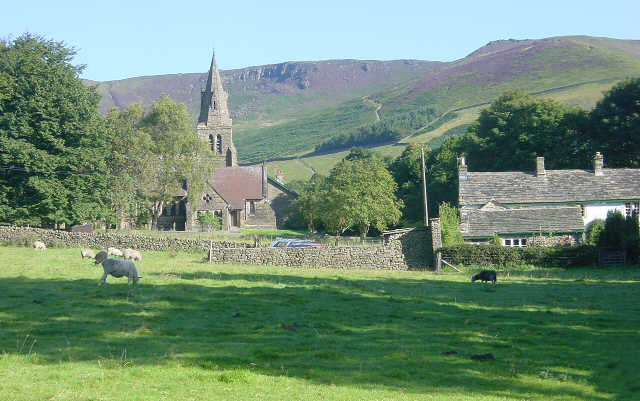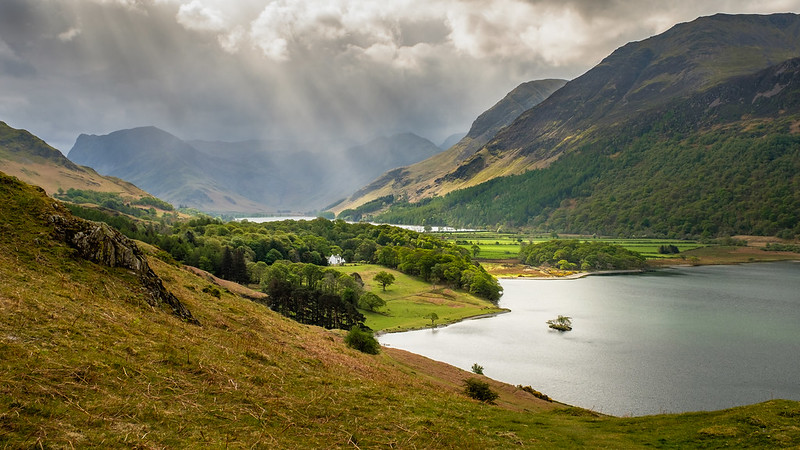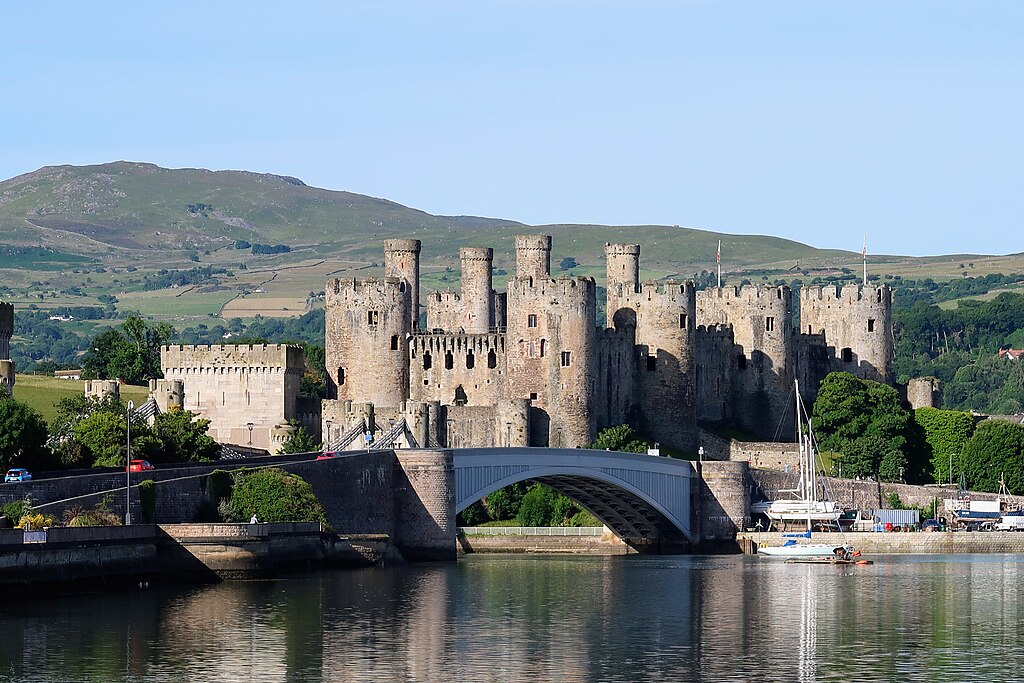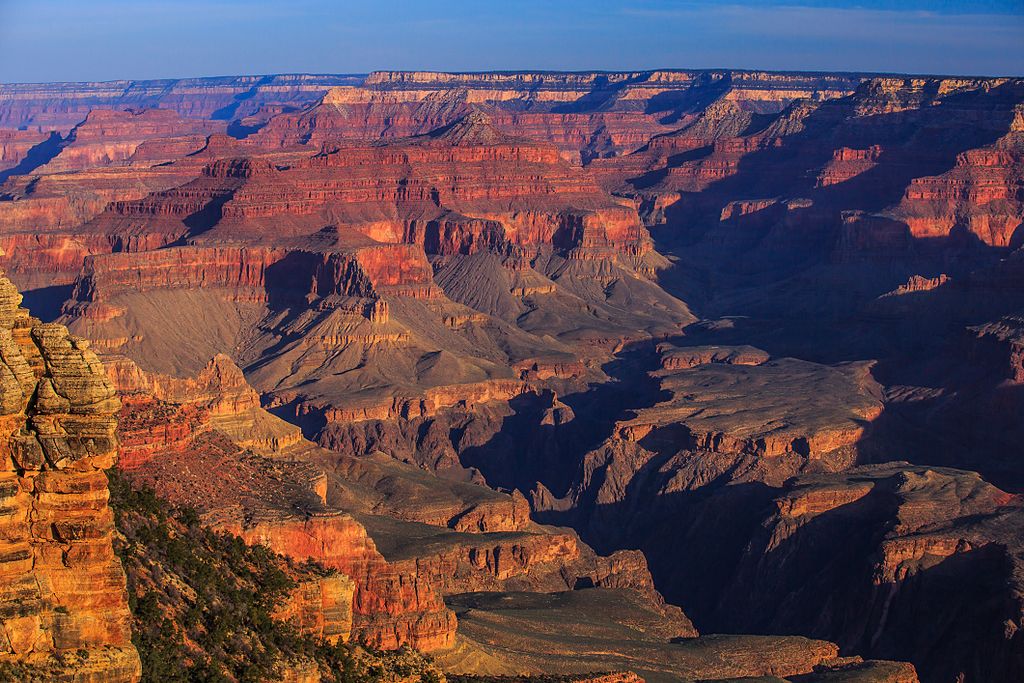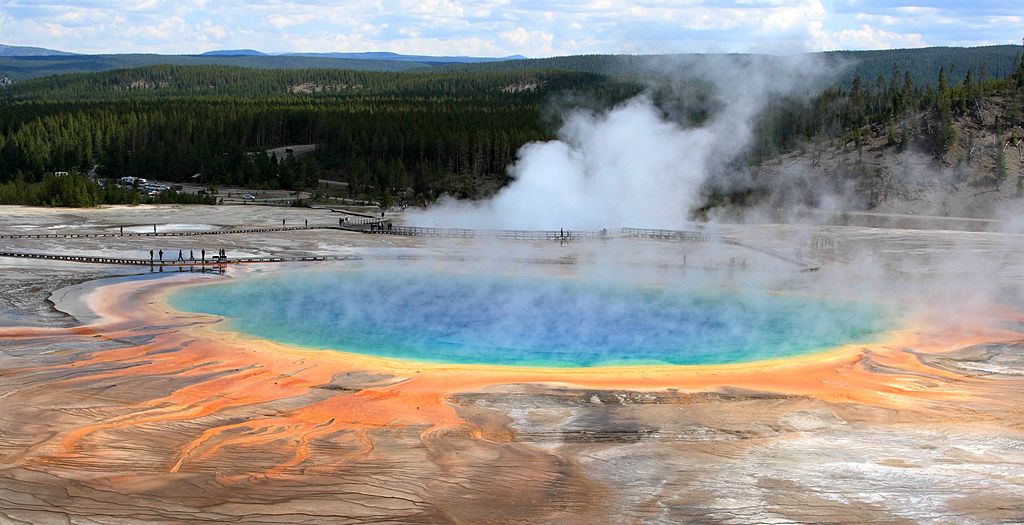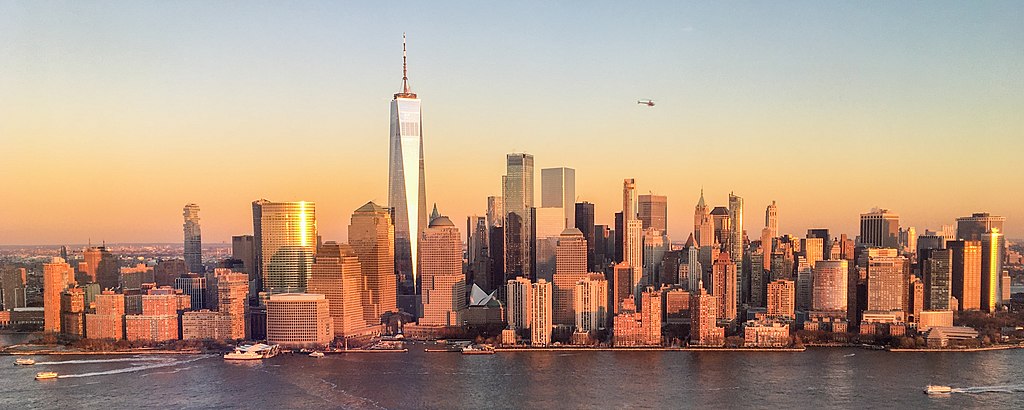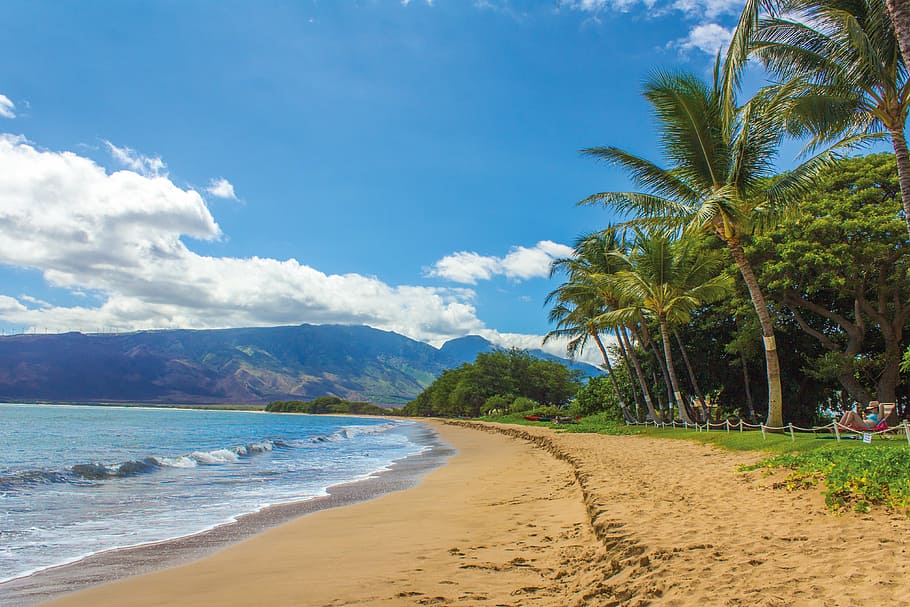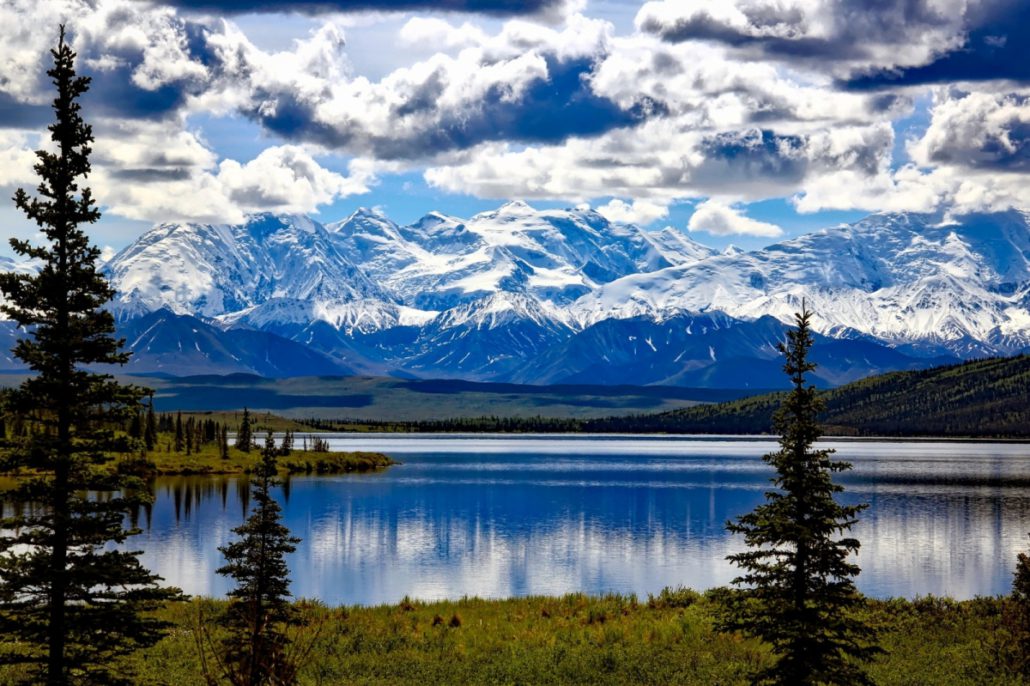Singapore, the cosmopolitan jewel of Southeast Asia, is a destination that seamlessly weaves together modernity and tradition, offering an array of experiences for travelers of all ages. For families, this vibrant city-state transforms into a haven of wonder and excitement, promising a host of memorable adventures for kids of all ages. From the allure of futuristic architecture to the embrace of lush gardens and thrilling theme parks, Singapore boasts a plethora of attractions that will capture the hearts of your young explorers.
In this bustling metropolis, where innovation meets nature, families are treated to a delightful blend of educational opportunities and pure fun. Whether your little ones are animal enthusiasts, budding scientists, or adventure seekers, Singapore has something to cater to every interest.
If you’re planning a family trip to Singapore, here are ten of the best places that will surely captivate your children’s hearts
Wild Wild Wet
For a splash of excitement, head to Wild Wild Wet, one of Singapore’s largest water parks. With thrilling slides, lazy rivers, and interactive play areas, it’s a water wonderland for kids and adults alike. Feel the adrenaline rush as your family takes on rides like the Kraken Racers and the Royal Flush. To save your money you should check Wild Wild Wet ticket offers before booking These offers may include discounts on individual or group tickets, special promotions for off-peak hours, combo deals with other nearby attractions, or even exclusive packages that provide access to additional amenities within the park. So, dive into a world of excitement, laughter, and aquatic fun while enjoying the benefits of these fantastic ticket deals at Wild Wild Wet
Snow City Singapore
Escape Singapore’s tropical heat and step into the chilly wonderland of Snow City Singapore. This extraordinary attraction transports visitors into a world of frosty enchantment, where the warmth of the city gives way to the cool embrace of snow and ice. Your kids can experience the magic of snowfall, build snowmen, engage in friendly snowball fights, and even try their hand at exhilarating snow tubing. The simulated winter wonderland is not only a source of endless fun but also a unique opportunity to introduce your children to the joys of winter activities right in the heart of a tropical city.
Singapore Zoo
The Singapore Zoo is a must-visit for families. It’s renowned for its open-concept enclosures that allow animals to roam freely. Witness your children’s faces light up as they get up close to animals like orangutans, elephants, and lions. The zoo’s commitment to conservation and education adds a meaningful dimension to the visit. Don’t miss the Rainforest Kidzworld, where your little ones can cool off in water play areas and further enhance their wildlife experience.
Universal Studios Singapore
Start your family adventure at Universal Studios Singapore, located on Sentosa Island. This sprawling theme park offers an unforgettable blend of entertainment and imagination. From bringing iconic movies like “Shrek” and “Transformers” to life through exhilarating rides and shows, to wandering the enchanting streets of “Hollywood,” your kids will be immersed in a world of fantasy and excitement that sparks their creativity and sense of wonder.
Singapore Science Centre
Education meets fun at the Singapore Science Centre. Packed with interactive exhibits and hands-on experiments, your kids will have a blast discovering the wonders of science. From exploring the mysteries of outer space to delving into the intricacies of the human body, the center’s diverse exhibits ignite curiosity. The KidsSTOP section, tailored for younger children, provides an engaging and educational play experience, fostering a lifelong love for learning.
Adventure Cove Waterpark
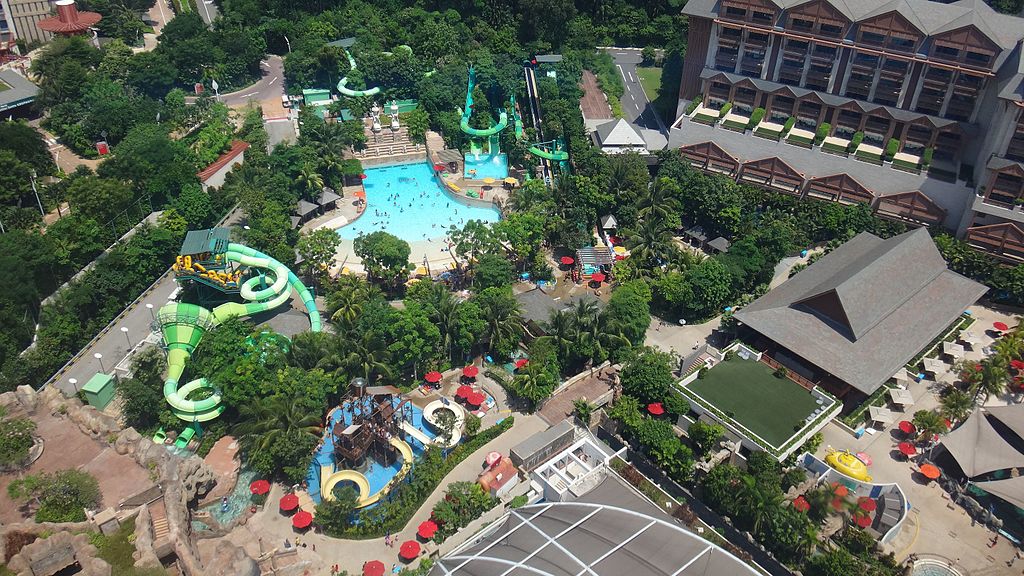
Adventure Cove Waterpark in Sentosa Singapore
Another aquatic adventure awaits at Adventure Cove Waterpark, also located on Sentosa Island. This marine-themed water park is a true haven for water enthusiasts. From zooming down thrilling slides to snorkeling alongside vibrant tropical fish in Rainbow Reef, and even coming face to face with rays and dolphins, it’s a perfect blend of excitement and marine exploration that promises endless family fun in the sun.
Gardens by the Bay
Immerse your family in the stunning flora at Gardens by the Bay. This iconic attraction is a paradise of lush greenery and futuristic design. The Supertree Grove, with its towering structures and mesmerizing light shows, will capture your kids’ imaginations. Wander through the Cloud Forest’s misty landscapes and explore the Flower Dome’s captivating displays, offering a unique opportunity for your children to experience diverse climates and ecosystems in one captivating location.
S.E.A. Aquarium
Dive into the depths of the ocean at the S.E.A. Aquarium, a mesmerizing attraction nestled on Sentosa Island. This aquatic wonderland is home to over 100,000 marine animals, including majestic sharks, graceful manta rays, and a kaleidoscope of colorful fish. Through its immersive exhibits, your little ones can embark on an educational journey into the underwater realm, igniting their curiosity and fostering an appreciation for marine life.
ArtScience Museum
Fuel your kids’ creativity with a visit to the ArtScience Museum. Nestled within an architectural masterpiece resembling a lotus flower, this one-of-a-kind museum presents a fusion of art, science, and technology. Its captivating exhibitions, featuring interactive installations and thought-provoking displays, provide a canvas for young minds to explore, imagine, and learn. From futuristic innovations to historical marvels, the ArtScience Museum offers an inspiring journey that encourages curiosity and nurtures the spirit of discovery.
KidZania Singapore
Let your children step into a world of role-playing and imagination at KidZania Singapore. This captivating indoor theme park unfolds as a bustling mini city, offering young ones the chance to explore various professions through interactive activities. Whether they dream of becoming a doctor, a firefighter, or a pilot, KidZania provides a safe and supportive environment for them to learn and have fun. Through play-based learning, this attraction fosters creativity, teamwork, and a sense of empowerment, leaving lasting memories of their unique adventures.

